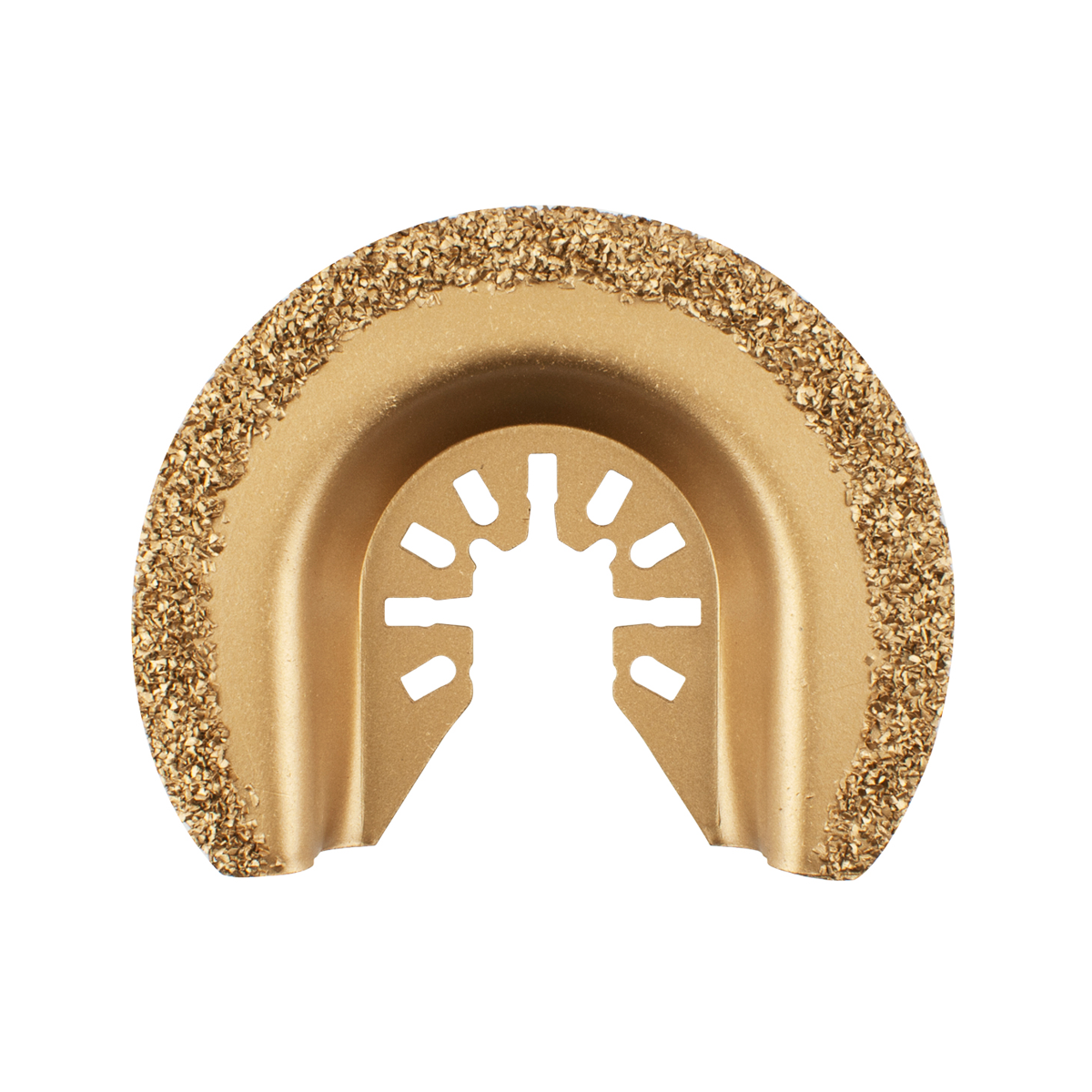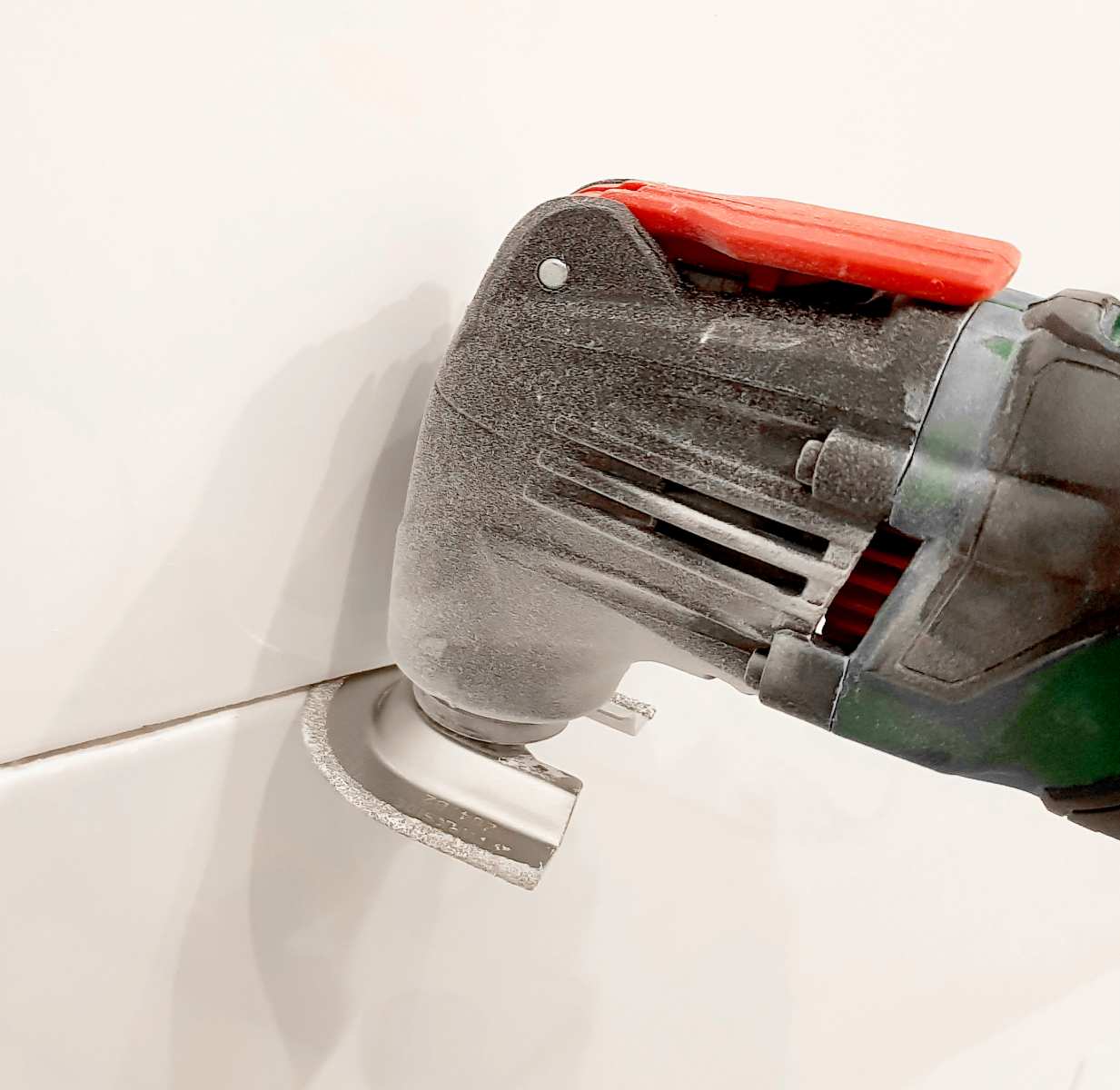A guide to selecting the right oscillating tool blade for your job
2024/09/03
Unlocking the versatility of oscillating tool blades
Oscillating tools have become indispensable in the arsenal of both DIY enthusiasts and professionals alike. Their ability to tackle a myriad of tasks, from cutting and sanding to scraping and grinding, makes them a go-to choose for various projects. However, the true versatility of these tools lies in their blades, specifically the tooth configurations, which dictate their performance across different applications.
In this guide, we will delve into the world of oscillating tool blades, exploring the various tooth configurations and the applications that best suit each type.
BI-METAL BLADES
Bi-metal blades are renowned for their durability and ability to cut through a wide range of materials. These blades feature teeth made from two different metals – typically high-speed steel and a softer, more flexible steel. This combination results in a blade that can withstand intense cutting conditions while maintaining its sharpness.
 |
.jpg) |
Bi-metal blade applications
- Wood with nails: Sometimes during a remodel or demolition you may run into trim nails or framing nails in behind the material your trying remove. A bi-metal blade will manage this without rapidly stripping its teeth away.
- Metal cutting: Bi-metal blades excel in cutting through various metals such as copper, aluminum, and even tougher materials like nails and screws embedded in wood.
- Plumbing work: Perfect for cutting through pipes made of copper, steel, or plastic, making them ideal for plumbing repairs and installations.
CARBIDE TIPPED BLADES
Carbide-tipped blades are renowned for their longevity and exceptional cutting performance, especially in demanding applications. The carbide tips provide superior hardness and resistance to wear, ensuring prolonged use without compromising cutting efficiency. They are available in two types of edge configurations.
Sharpened Carbide Teeth: provide long lasting smooth cuts in wood, wood with nails, metal, and other materials.
Carbide Grit Blades: used for grout removal, mortar removal, etc.
 |
.png) |
| EAB 2 ½" Grout Removal Blade 1070102 | EAB 1 ¼" Carbide Tipped Blade 1070542 |
Carbide-tipped blade applications
- Woodworking: Carbide-tipped blades are highly effective in cutting through hardwoods, engineered wood and plywood, offering clean and precise cuts.
- Tile and grout removal: These blades are ideal for removing old tile and grout during renovation projects, thanks to their ability to withstand the abrasive nature of these materials.
- Metal cutting: ranging from nails and screws to sheet metal, a carbide tooth blade will cut it with ease and keep going.
DIAMOND GRIT BLADES
Diamond-grit blades are designed to tackle the toughest materials with ease, thanks to the abrasive nature of diamond particles embedded in their teeth. These blades can cut through extremely hard materials, making them indispensable for certain specialized applications.
 |
Diamond Grout Removal Blade |
Diamond grit blade applications
- Grout removal: a longer lasting choice over carbide grit blades.
- Concrete and masonry: Diamond-grit blades are the go-to choice for cutting through concrete, brick, stone, and other masonry materials, making them essential for tasks such as tile installation and demolition work.
- Fiberglass and plaster: These blades excel in cutting through abrasive materials like fiberglass and plaster, making them ideal for remodeling projects and repairs.
WOOD CUTTING BLADES
Wood-cutting blades feature aggressive teeth patterns optimized for rapid and efficient cutting through several types of wood. These blades come in different configurations, including fine-tooth and coarse-tooth designs, as well as traditional Japanese tooth setup with each suited to specific wood cutting tasks.
.png) |
.jpg) |
.jpg) |
| EAB 1 ¼" Precision Curve Flush Cut Blade 1070612 | EAB 2 ¾" Speedy Cut Blade 1070252 | EAB Starlock 1 ¼" Hardwood Blade 1071362 |
Wood-cutting blade applications:
- Precision cuts: Fine-tooth wood-cutting blades are perfect for making intricate cuts, such as shaping curves or cutting detailed patterns. These blades often have a Japanese style of tooth which is precision ground to cut in both directions of oscillation.
- Rough cuts: Coarse-tooth wood-cutting blades are ideal for rough cutting tasks, such as quickly removing excess material or cutting through thick lumber. This blade can be refered to as a speedy or speed-cutting blade.
- Curved edge: Curved edge blades offer more control while cutting as the leading edge of the blade acts as a “pilot” for the rest of the blade to follow. These blades are becoming extremely popular and proving to be the blade of choice for certain applications.
The importance of selecting the right oscillating tool blades
Selecting the right oscillating tool blade with the appropriate tooth configuration is essential for achieving optimal results in your projects. Whether you are cutting through wood, metal, or masonry, understanding the strengths of each blade type will help you tackle any task with confidence and precision. So, the next time you reach for your oscillating tool, remember to choose the blade that is best suited to the job at hand and unlock its full potential.
About Exchange-A-Blade oscillating tool blades
EAB Exchange-A-Blade oscillating tool blades offer quality and value. Our expansive selection of blades includes the right blade for every job and every budget. Find the right oscillating tool blade for your next job.




.jpg)

